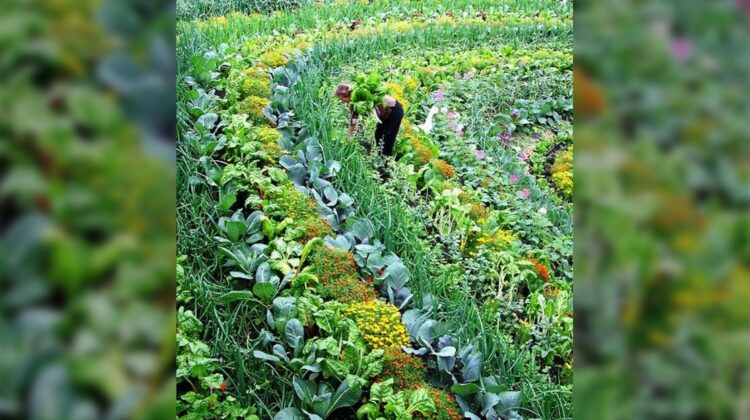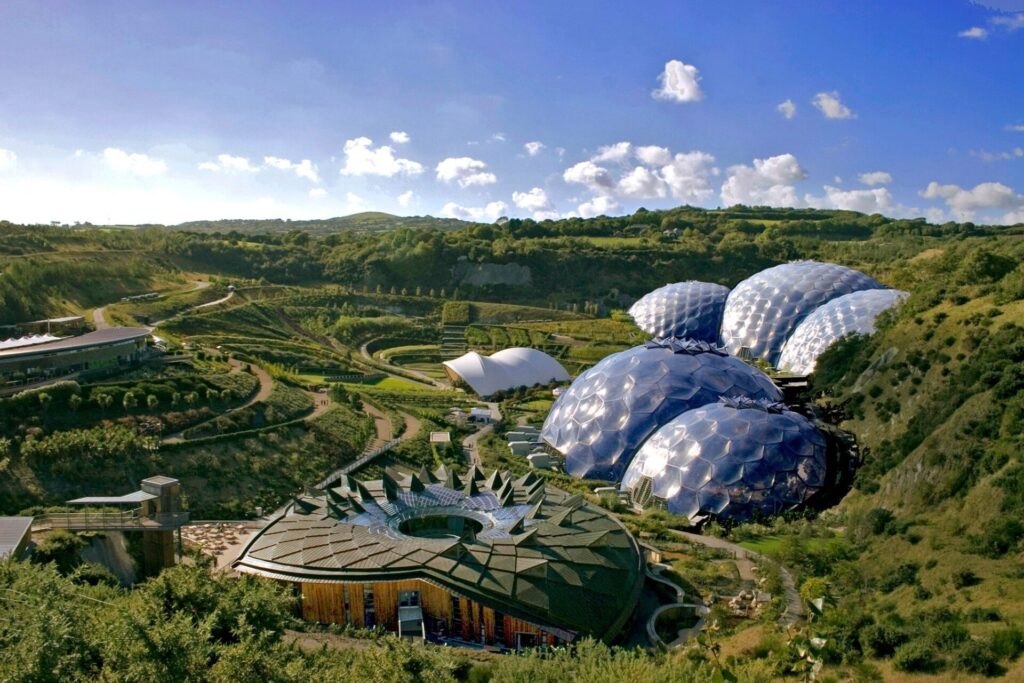
Nestled in the rolling hills of Cornwall, England, lies a revolutionary vision for the future of agriculture: the Eden Project. This unique biodome complex is more than just a botanical garden; it’s a living laboratory showcasing the power of polyculture, a farming system that mimics the diversity and resilience of natural ecosystems.

Unlike conventional farms, which often rely on monoculture – the large-scale planting of a single crop – the Eden Project embraces a multifaceted approach. Diverse plants share space, creating a vibrant tapestry of life. This diversity fosters a thriving community of beneficial insects and soil microbes, naturally controlling pests and diseases without the need for harmful pesticides.

The benefits of polyculture go far beyond pest control. By diversifying crops, soil health is significantly improved. Different plants have different nutrient needs and root structures, enriching the soil and promoting healthy microbial activity. This, in turn, leads to increased fertility and robust plant growth.

Furthermore, polyculture fosters a more resilient agricultural system. When faced with challenges like extreme weather or disease outbreaks, the diversity of the system allows it to adapt and recover more quickly than monoculture farms. This is crucial in ensuring food security and adapting to the changing climate.

The Eden Project’s polyculture approach is not just a theoretical concept; it’s a proven success story. The project has managed to grow a wide variety of fruits, vegetables, and grains in a sustainable and productive manner. This serves as a powerful example of how polyculture can be implemented to create thriving farms that are both environmentally friendly and economically viable.

Beyond its practical applications, the Eden Project offers a glimpse into a more harmonious future for agriculture. By embracing diversity and working with nature, we can create a more sustainable and equitable food system for generations to come. The project’s message is clear: the future of farming lies not in uniformity, but in the vibrant tapestry of polyculture.

Leave a Reply